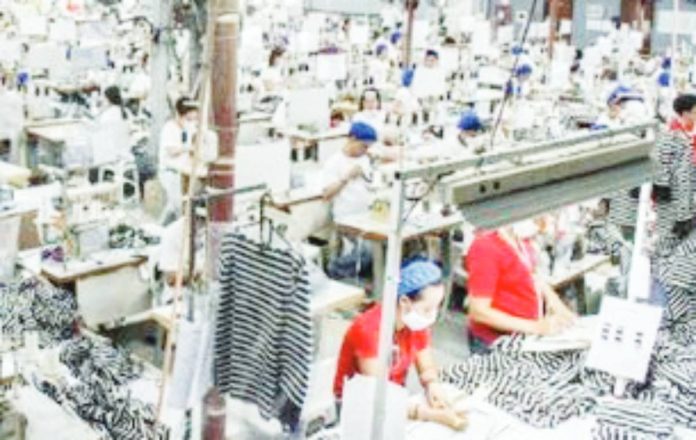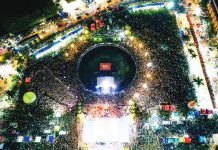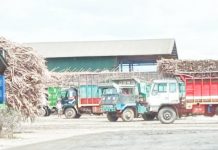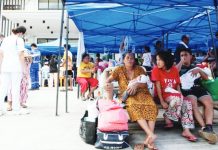
PHILIPPINE factory activity slipped in September, breaking from the broader regional trend and marking an uncommon stumble in the country’s postpandemic recovery after domestic demand had faltered.
A monthly survey of about 400 firms showed the Purchasing Managers’ Index (PMI) — a key barometer of manufacturing health — fell to 49.9 from 50.8 in August this year, S&P Global said on Wednesday, October 1. Any reading below 50 indicates a decline in activity.
It was only the third time in more than four years that the index had slipped into contraction, a downturn S&P described as “highly unusual” given the sector’s steady momentum since the pandemic.
The weakness contrasted sharply with the broader region, where the Asean PMI rose to 51.6 — a 14-month high.
Only the Philippines and Malaysia, whose index eased to 49.8, recorded deteriorating conditions.
First sales decline in 6 months
“New orders and output decreased slightly, as firms mentioned a fall in client numbers and a modest drop in production from the suspension of rice imports,” David Owen, a senior economist at S&P Global Market Intelligence, said in a commentary.
External demand offered some cushion. A month after the Aug. 1 expiration of US tariff deadlines, Filipino manufacturers continued to record growth in export orders.
Even so, companies surveyed reported their first decline in overall sales in six months. Producers responded by scaling back production, snapping three months of expansion and leading to “subdued” hiring activity.
Domestic market
The softness, S&P said, was concentrated in the domestic market — a sign of weakening household demand, long a mainstay of the Philippine economy. Poor weather and import restrictions on rice also weighed on output.
Shivaan Tandon, emerging markets economist at Capital Economics, said Asia’s economies more broadly are likely to face sluggish growth through the rest of this year and into 2026, as tighter fiscal policy and weaker exports, weighed down by higher US tariffs, offset resilient household spending.
“And with inflation likely to remain low, we expect central banks in the region to cut interest rates further,” he said.
Still, manufacturers in the Philippines appeared guardedly optimistic.
“With overall sentiment in the year ahead remaining upbeat in September, and purchasing quantities increasing, manufacturers appear hopeful that the dip in sector performance is temporary,” S&P’s Owen said. (Ian Nicolas P. Cigaral © Philippine Daily Inquirer)







